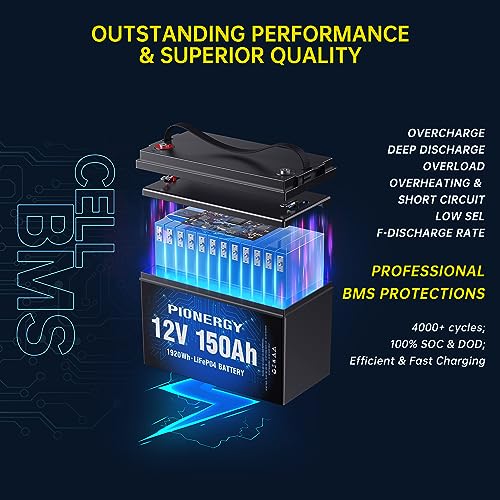How to choose the battery pack capacity?
The energy storage device used in the off-grid solar photovoltaic power generation system is a battery. The battery matched with the solar cell array usually works in a floating state, and its voltage changes with the power generation of the solar cell module and the power consumption of the load. Its capacity is much larger than the power required by the load. The energy supplied by the battery is also affected by the ambient temperature. In order to interact with the solar cell pack
Component matching requires long battery working life and simple maintenance. There are many kinds of batteries that can be used with solar cell modules. At present, there are three kinds of batteries widely used: valve-regulated sealed lead-acid batteries, ordinary lead-acid batteries and alkaline ballast batteries.
At present, valve-regulated sealed lead-acid batteries are mainly used in China. Because of their inherent "maintenance-free" characteristics and less environmental pollution, they are very suitable for off-grid solar photovoltaic power generation systems that require reliable performance, especially unattended power stations. Ordinary lead-acid batteries need frequent maintenance and cause great environmental pollution, so they are mainly suitable for places with maintenance ability or low-grade occasions. Although alkaline brocade battery has good low temperature, overcharge and overdischarge performance, its price is high and it is only suitable for special occasions. Off-grid solar photovoltaic power generation systems must be equipped with batteries to work for the following reasons.
1. Solar cell modules can only perform light-to-electricity conversion under the condition of sunshine radiation. In order to provide electric energy to the electrical load during the period when the solar cell modules cannot perform light-to-electricity conversion, the off-grid solar photovoltaic power generation system must be equipped with batteries, and the batteries must reserve the electric energy required by the local electrical load during several consecutive cloudy days. The electric energy output by solar cell modules is extremely unstable. Only when equipped with batteries can the electric load work stably and normally.
2. The optimal combination of solar cell module and battery capacity is to determine the least solar cell module and battery capacity on the premise of ensuring the reliability of electrical load, so as to optimize the design to achieve the best combination of reliability and economy. For reliability, load power shortage rate (LOLP) is mostly used at home and abroad to measure it, which is defined as the time ratio of system power outage to actual power consumption. The LOLP value is between 0 and 1, and the smaller the value, the higher the reliability. The basic condition for determining the battery capacity is to ensure that the electrical load can still work normally when the sunlight is continuously lower than the average value. When the battery is fully charged and the illumination is lower than the average value, if the electric energy generated by the off-grid solar photovoltaic power generation system cannot completely supplement the energy consumed by the load from the battery, the battery will be in an undercharged state. If the continuous illumination is still lower than the average value, the battery can not only replenish the electric energy, but also continue to supply the electric load
Electricity, the state of charge of the battery will continue to decrease until the state of charge of the battery reaches the set termination discharge value. In order to quantitatively evaluate the situation that sunlight is continuously lower than the average value, an indispensable parameter needs to be introduced when designing batteries: self-sufficiency days, that is, the number of days when the load can still work normally without any external energy source. According to this parameter, the minimum value of the battery capacity to be used can be selected.
Generally speaking, the determination of self-sufficiency days is related to two factors: the degree of load requirement for power supply, and the meteorological conditions at the installation site of the off-grid solar photovoltaic power generation system, that is, the maximum number of continuous rainy days. Usually, the maximum continuous rainy days at the installation site of off-grid solar photovoltaic power generation system can be taken as the self-sufficiency days in the system design, but the load requirements for power supply must also be comprehensively considered. For electrical loads that are not very strict in power supply requirements, the number of self-sufficient days in design is usually 3 ~ 5 days. For electrical loads with strict requirements on power supply, the number of self-sufficiency days in design is usually 5 ~ 7 days. The so-called power load requirements are not strict, which usually refers to the inconvenience caused by bad weather by adjusting the power load demand; The strict system refers to the fact that the electrical load is more important, such as for communication, navigation or important facilities (such as hospitals and clinics). In addition, the installation location of the off-grid solar photovoltaic power generation system should also be considered. If it is in a very remote area, a larger battery capacity must be designed, because it takes a long time for maintenance personnel to arrive at the site.


How to choose the battery pack capacity?:Looking forward to your comments !